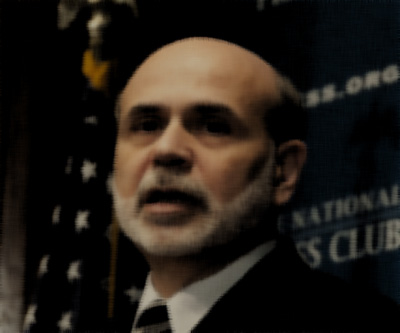Gold investors deaf to Fed stimulus talk as India joins ETF sell-off

The gold price showed little reaction on Wednesday despite the US Federal Reserve recommitting to its ultra-accommodative monetary policies which have been a massive boon for the metal since first introduced in December 2008.
In afternoon trade April gold futures exchanged hands for $1,604 an ounce, down $6.70 or 0.4% on the day.
After a major review the Fed assured markets Wednesday that it will continue to buy up Treasurys and mortgage bonds to the tune of $85 billion a month under its quantitative easing program because it has not seen enough evidence of improvement in the US economic outlook.
The Fed’s balance sheet crossed the $3 trillion mark early into 2013 and is set to top $4 trillion by the end of the year if the current pace is kept up.
QE, which floods markets with cheap money, increases gold’s allure as a hedge against inflation amid currency depreciation.
The subdued trading in gold is somewhat surprising.
When Ben Bernanke announced this review of the QE program early January, the hint that the program may be coming to an end sent gold sliding.
Now that the fears proved unfounded one would expect gold to receive a boost from the news.
In the past, any pronouncements by Fed officials – or central banks in Europe and Asia – were bound to move the gold market.
Gold has been holding up surprisingly well despite data showing consistent selling by physical gold-backed ETF investors since the start of the year.
Since hitting a record of 2,632 tonnes in December, 180 tonnes of gold has flowed out of the popular gold investment vehicle – sometimes called ‘the people’s central bank’ – in 2013, some 66% of what was added for the whole of last year.
Bloomberg reports that for the first time since June, holdings in gold ETFs in India, the world’s number one consumer of gold, have been shrinking.
Some attribute the relative resilience of the gold price to the reversal of the ETF trend to the crisis in Cyprus that has re-ignited fears about Europe’s debt problems.
RELATED:
{{ commodity.name }}
{{ post.title }}
{{ post.date }}




Comments